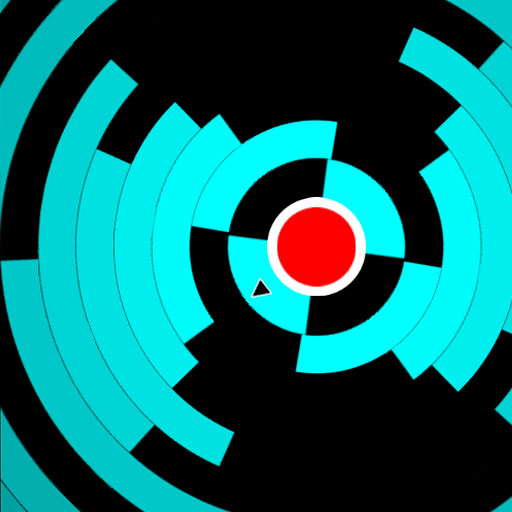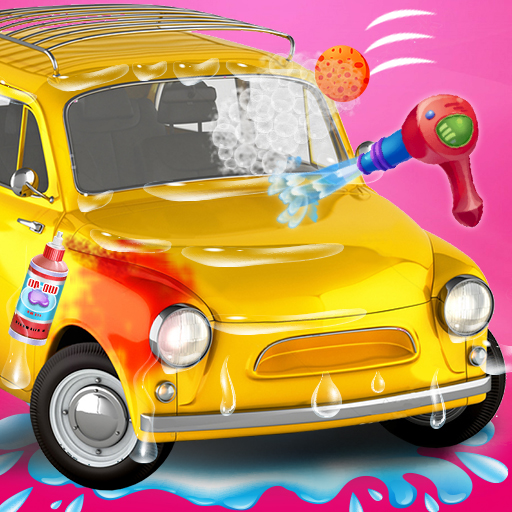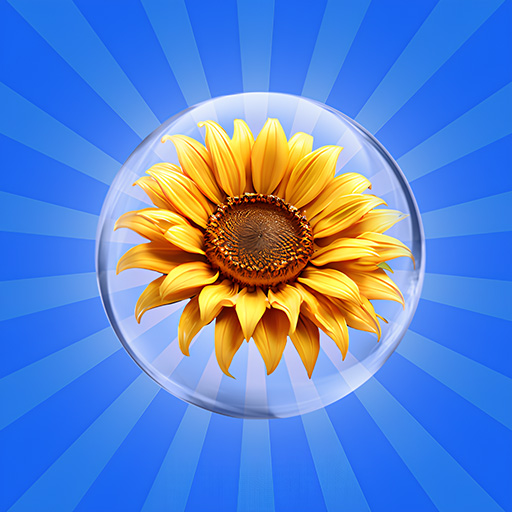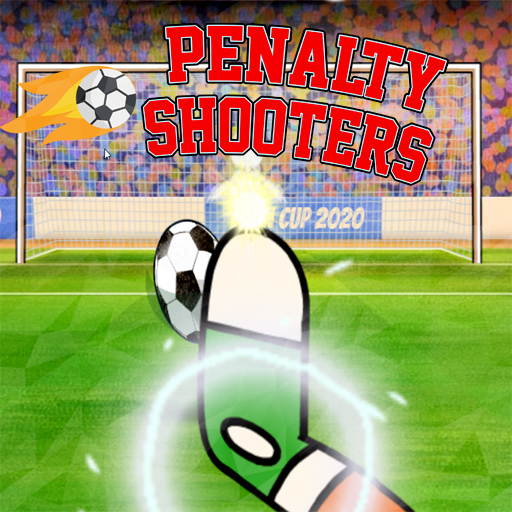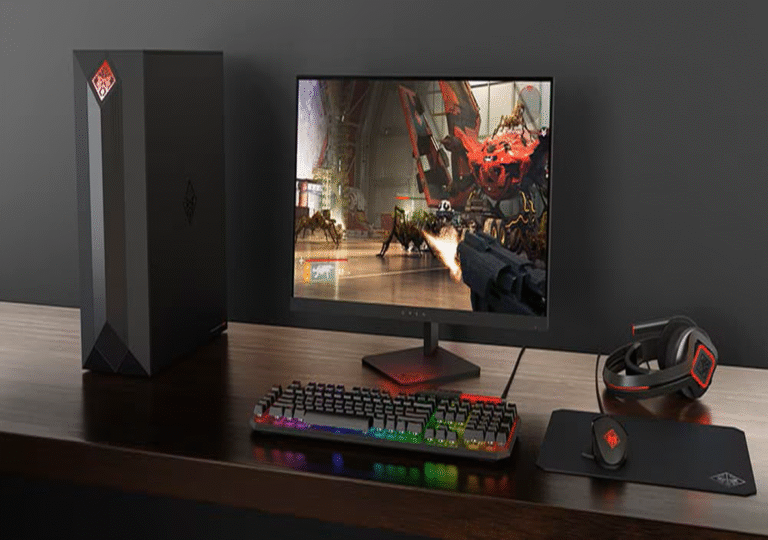
Basketball Park
Basketball Park Game: The Urban Playground Revolution
For many years, the Basketball Park Game has been more than just a game. It is a way of life, a culture, and an effective means to strengthen ties within the community. Basketball parks, which are outdoor courts dotted across cities and neighbourhoods and teeming with competition, emotion, and energy, are the places where that spirit is most alive.
The “Basketball Park Game” is more than just a game played outside; it’s a phenomenon that embodies street culture, urban resiliency, and unadulterated athleticism. This article delves deeply into the world of basketball in parks, examining its origins, the culture it fosters, how it varies from professional play, and why it continues to play a significant role in local communities all around the world.
A Brief History of Street Basketball
Basketball was invented in 1891, but it wasn’t long before it left the hardwood floors of gyms and took root in the streets. As cities grew and space became a premium, open lots and public parks became the new arenas. In places like New York City, Los Angeles, and Chicago, kids began setting up makeshift hoops using anything from metal rings to old crates. Over time, cities started to recognize the popularity of the sport and began investing in public courts.
By the mid-20th century, the basketball park game had become a staple of urban life. Famous courts like Rucker Park in Harlem emerged as proving grounds for young talent. These parks not only provided a place to play but became breeding grounds for future NBA stars. The raw, unfiltered nature of the game — where reputations were built or broken on concrete rather than cushioned floors — added an edge that no gym could replicate.
What Makes the Basketball Park Game Unique
Unlike organized indoor basketball, the park game thrives on spontaneity and creativity. There’s often no coach, no referees, and sometimes not even a scoreboard. What keeps it going is the unwritten code of respect, hustle, and skill. Players call their own fouls, and games are typically played to a set number of points rather than timed quarters.
The outdoor setting also plays a huge role in shaping the experience. Wind can alter shots. The sun can wear down players faster. Concrete courts are less forgiving on the body than indoor wooden floors. Yet, these challenges are embraced, not avoided. They become part of the test — part of what separates a good player from a great one in the park.
The Culture and Community Behind It
One of the most powerful aspects of basketball park games is the community they foster. In many neighborhoods, the local basketball park is a hub of activity — not just for players but for spectators, coaches, families, and fans. It’s where friendships are forged, rivalries are kindled, and life lessons are learned.
You’ll often find older players mentoring younger ones, sharing advice between games. You’ll see small crowds gather when a particularly competitive match is underway. There might be music playing, local food vendors nearby, and people of all ages watching from the sidelines. It’s more than just basketball; it’s a cultural event.
In many inner-city neighborhoods, the basketball park serves as a safe haven, offering a constructive and positive environment for youth. While some courts may be located in rougher areas, they often act as neutral zones, bringing together people from different backgrounds under a common passion for the game.
Evolution of the Game
With the rise of digital technology and mobile gaming, the concept of the basketball park game has also found its way into virtual spaces. Games like NBA Street and even newer mobile games bring the gritty, stylish essence of streetball to screens. These digital versions borrow heavily from the real-life swagger, pace, and unpredictability of park basketball.
Moreover, the rise of social media platforms like Instagram, TikTok, and YouTube has turned park games into shareable moments. Viral clips of incredible dunks, ankle-breaking crossovers, and clutch shots filmed on city courts can reach millions. This exposure has elevated unknown street players to internet stardom and, in some cases, professional opportunities.
Notable Basketball Parks Around the World
Some basketball parks have earned legendary status over the years. Rucker Park in Harlem is perhaps the most iconic. Known for hosting the Rucker Tournament, it has seen the likes of Julius Erving, Kobe Bryant, Kevin Durant, and countless others step onto its court. Games here are more than just sport — they’re a show. Another legendary court is Venice Beach in Los Angeles.
With its palm trees, ocean breeze, and celebrity sightings, it represents the West Coast flair of the game. On the international front, places like “The Cage” in New York and “Pigalle Duperré” in Paris have become hotbeds for outdoor basketball culture. Each court has its own vibe, its own regulars, and its own unwritten rules. But they all share one thing in common — the unbreakable spirit of street basketball.
The Skill Set of a Park Player
Basketball park players often have a different approach to the game compared to those trained in more structured environments. The emphasis is usually on flair, creativity, and individual skill. Ball-handling, quick thinking, and court awareness are essential. Because there’s less focus on formal plays, players must rely on their instincts, adaptability, and improvisation.
Defense can be grittier, offense flashier. Trash talk is common, and confidence is key. You can’t hide on a park court — every possession matters, and your reputation is on the line with every play. Many players use the park as a way to hone their skills before moving on to more competitive leagues. In fact, a number of NBA players credit streetball with sharpening their edge and teaching them resilience.
Accessibility and Inclusivity
One of the greatest strengths of the basketball park game is its accessibility. You don’t need expensive gear, a coach, or even a full team. A ball, a hoop, and a few players are enough. This simplicity makes it one of the most inclusive sports globally. Because of this, the basketball park game has become a melting pot of ages, genders, and backgrounds.
It’s not uncommon to see teenagers playing alongside older veterans or mixed-gender games happening organically. What matters most is your skill, effort, and respect for the game. This open-door nature has helped grow basketball’s global footprint. From Manila to Johannesburg, from Toronto to Tokyo — public basketball parks are becoming as common as soccer fields.
Challenges Facing Park Basketball
Despite its popularity, basketball parks face some real challenges. Many are underfunded and poorly maintained. Broken rims, cracked courts, and lack of lighting can limit their usability. In some cities, gentrification and urban development have led to the closure of beloved local courts. Moreover, the absence of organized structure can sometimes lead to disputes, injuries, or safety concerns.
While the self-regulating nature of most games keeps things relatively peaceful, not all courts benefit from the same community spirit. Advocacy for better funding and community-led initiatives are crucial in preserving and enhancing these spaces. Some organizations have stepped up to renovate courts, organize tournaments, and provide mentorship programs to keep the legacy alive.
The Future of Basketball Park Games
As we look ahead, the basketball park game seems poised to grow in both popularity and influence. Urban design trends increasingly prioritize public spaces that promote physical activity, and basketball courts are a natural fit. Additionally, as media continues to blur the line between amateur and professional play, park players have more opportunities than ever before to get noticed.
Whether through social media, local tournaments, or community programs, today’s park baller has a real shot at making waves. Technological enhancements like smart basketballs, portable LED hoops, and augmented reality features might also find their way into future park games, making them more interactive and engaging.
Why It Still Matters
The basketball park game is one of the few venues where in-person engagement is still encouraged in a world that frequently feels more computerised and disengaged. It imparts knowledge beyond only shooting a ball. It fosters physical health, develops character, and establishes a common area where people can interact.
The basketball park game offers something for everyone, regardless of skill level. You can play casually, be an experienced baller, or just enjoy watching a good game on a sunny afternoon. It is the place where communities unite, legends are created, and basketball is most passionately loved.
Conclusion
There is more to the basketball park game than just sports. It serves as a haven, a test site, and a pillar of culture. From its modest origins on chipped pavement to its increasing prominence on social media, this urban variation of basketball never stops motivating people. It is a symbol of solidarity, freedom, and inventiveness—values that transcend the court. Therefore, take a moment to pause the next time you hear trainers squeaking on concrete and bouncing balls in a city park. Observe. You may be seeing genius in its most unadulterated state.



